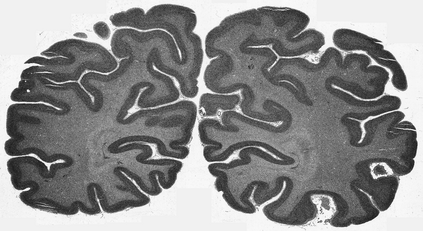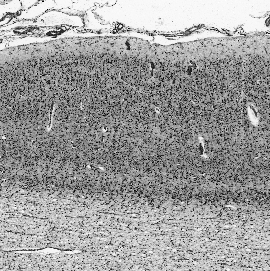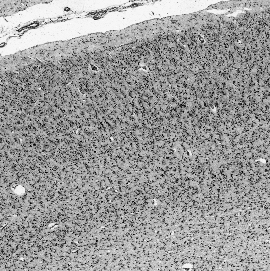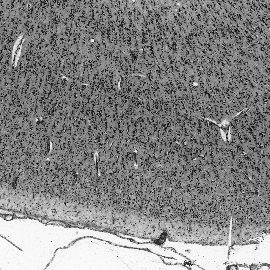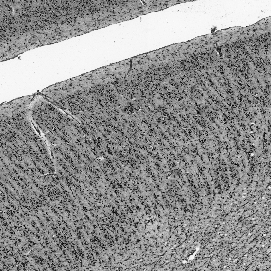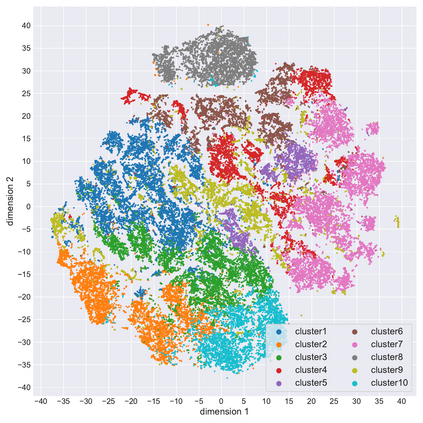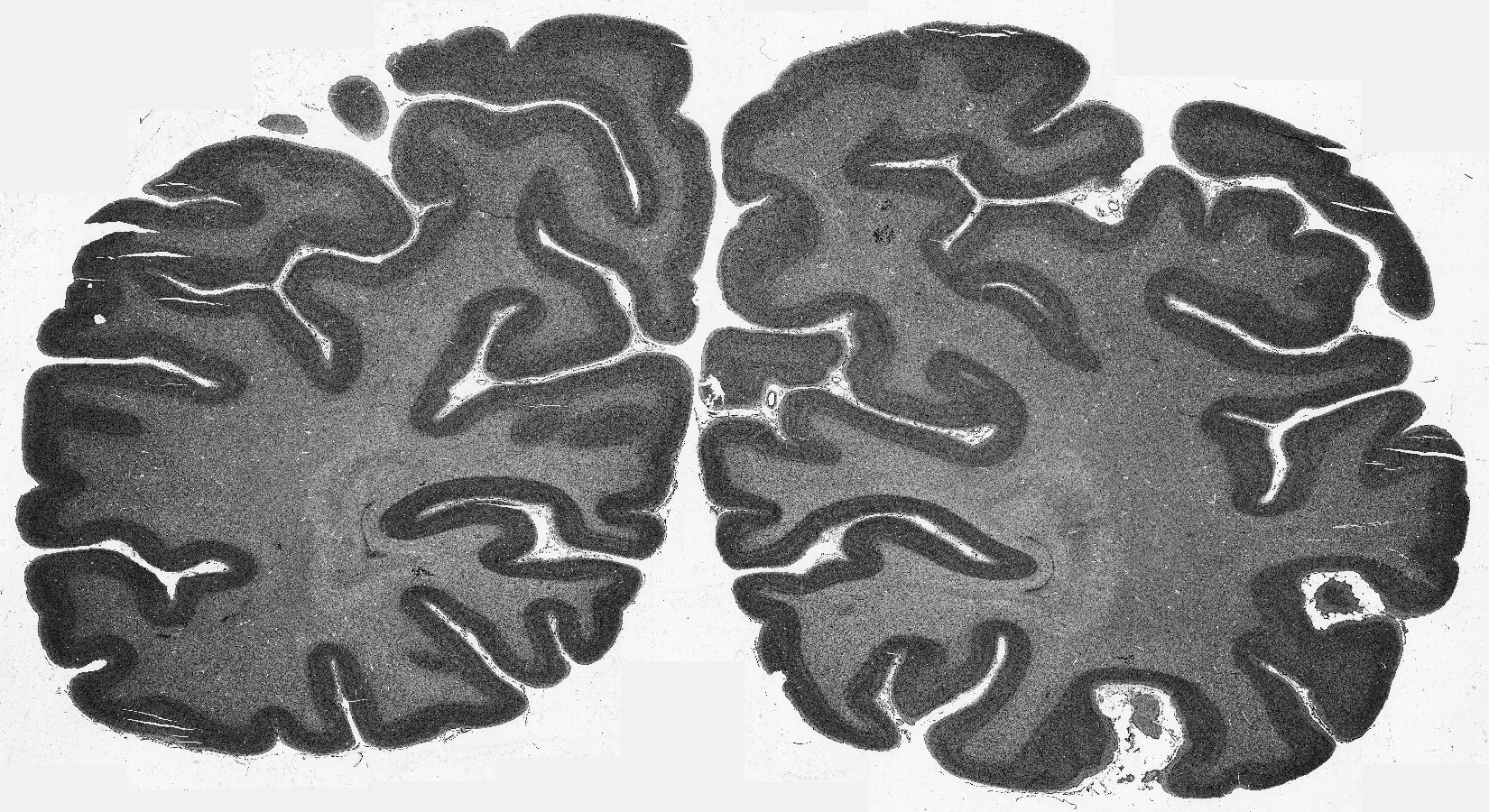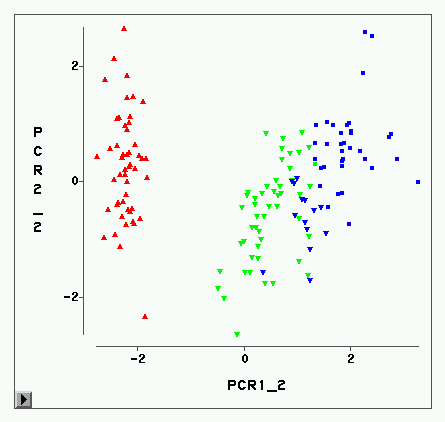Cytoarchitectonic maps provide microstructural reference parcellations of the brain, describing its organization in terms of the spatial arrangement of neuronal cell bodies as measured from histological tissue sections. Recent work provided the first automatic segmentations of cytoarchitectonic areas in the visual system using Convolutional Neural Networks. We aim to extend this approach to become applicable to a wider range of brain areas, envisioning a solution for mapping the complete human brain. Inspired by recent success in image classification, we propose a contrastive learning objective for encoding microscopic image patches into robust microstructural features, which are efficient for cytoarchitectonic area classification. We show that a model pre-trained using this learning task outperforms a model trained from scratch, as well as a model pre-trained on a recently proposed auxiliary task. We perform cluster analysis in the feature space to show that the learned representations form anatomically meaningful groups.
翻译:物理构造图提供了大脑的微结构参照区块,描述了大脑的组织结构,从细胞组织部分测量的神经细胞体的空间结构结构结构。最近的工作首次提供了利用进化神经网络对视觉系统中的细胞构造区的自动分区。我们的目标是将这一方法推广到更广泛的大脑领域,设想出绘制完整的人类大脑的解决方案。在图像分类最近的成功激励下,我们提出了一个对比式学习目标,将微科图像补丁编码成强大的微结构特征,这对于细胞构造区域分类是有效的。我们展示了一种模型,即使用这一学习任务预先培训的模型,超越了从零开始训练的模型,以及最近提出的辅助任务预培训模型。我们在地貌空间进行群集分析,以显示所学的表达方式构成具有解剖意义的群体。

